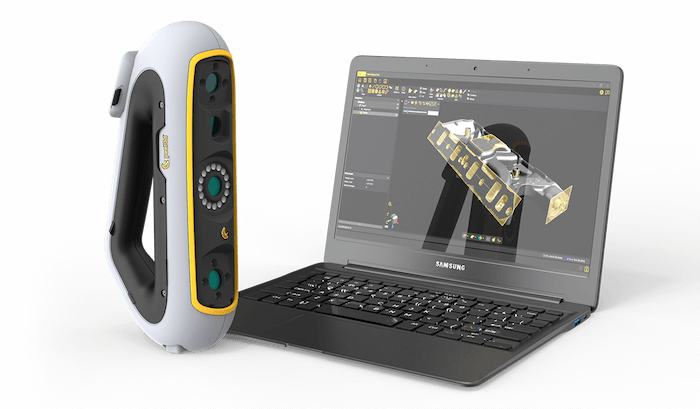How 3D Scanning Enhances Manufacturing, Art Preservation, and 3D Printing Innovation
The use of 3D scanners to digitize objects represents a significant advancement across various fields, including 3D printing, manufacturing, art preservation, archaeology, and education. This technology captures the intricate details of physical items by creating precise digital replicas, enabling enhanced analysis, design, and interaction with scanned objects.
In manufacturing, 3D scanning plays a crucial role in quality control and reverse engineering by providing accurate dimensional data. This facilitates the development of improved product versions and ensures consistency in production. In the realm of art and cultural heritage, 3D scanners preserve artifacts and historical sites by enabling digital documentation. This allows for virtual access to these treasures, supporting research and appreciation without the risk of physical degradation. Similarly, in education, 3D scanning fosters interactive learning experiences by transforming physical objects into digital assets, enhancing students' understanding of complex concepts.
The Role of 3D Scanning in the 3D Printing Industry
The integration of 3D scanning technology into the 3D printing industry provides numerous advantages, enhancing efficiency, accuracy, and innovation. One of the key benefits is the ability to create precise digital replicas of existing objects, significantly reducing the time required for design and prototyping. This is particularly valuable in applications such as the metaverse, digital twins, and digital libraries.
Additionally, 3D scanning minimizes material waste by ensuring that final printed products closely match original specifications. It also facilitates the customization of designs, allowing businesses to cater to individual client needs more effectively. Moreover, this technology enhances quality control, as scanned data can be analyzed to detect inconsistencies or defects in both the scanned object and the final printed product. Overall, the adoption of 3D scanning within the 3D printing sector streamlines workflows, drives innovation, and boosts competitiveness in the market.
Personalization and Preservation Through 3D Scanning

This example illustrates the transformative impact of 3D scanning technology in personalizing and preserving significant moments. By capturing the essence of a joyful occasion, the digital representation not only serves a decorative purpose but also emanates emotional value, allowing the couple to cherish their memories in a tangible form. The integration of 3D printing with scanning technology thus facilitates a unique combination of artistry and sentiment, showcasing its potential in creating personalized keepsakes that commemorate special events.
Wonder how Peel 3D can transform your work, solve problems, and save you time?
Contact our Peel 3D experts